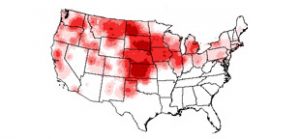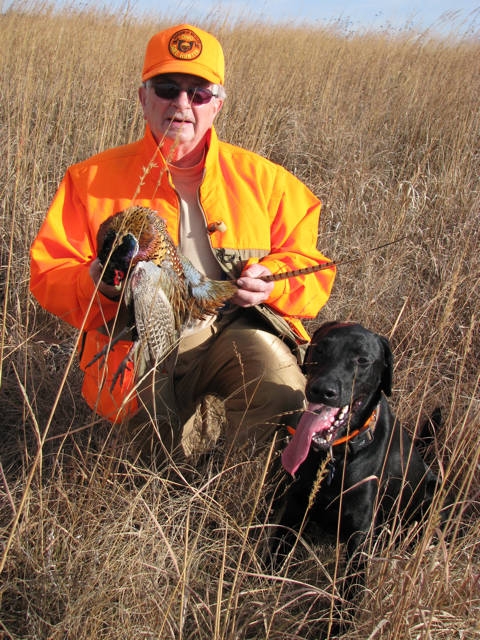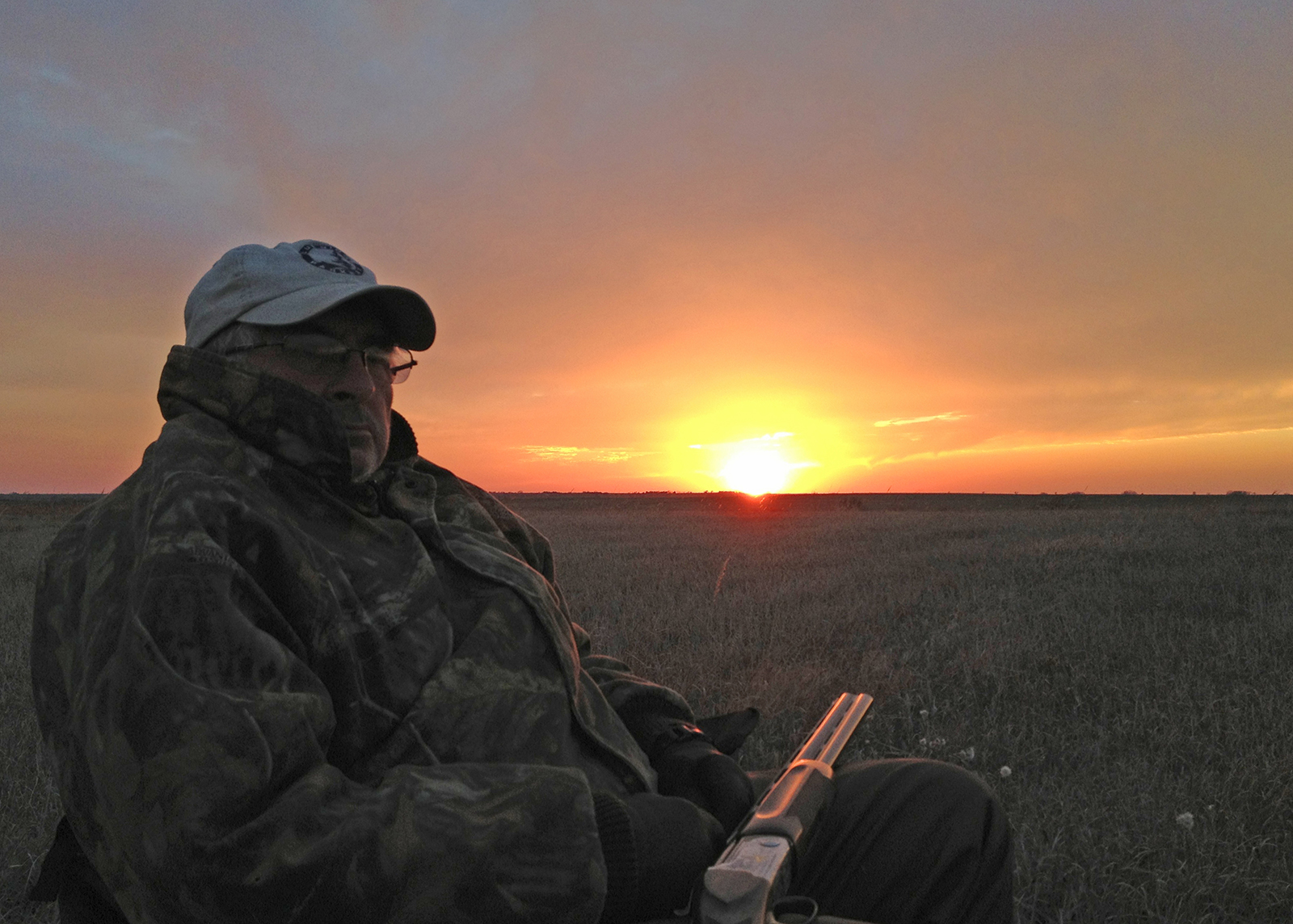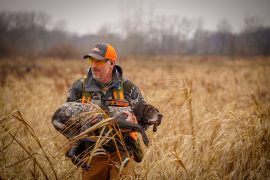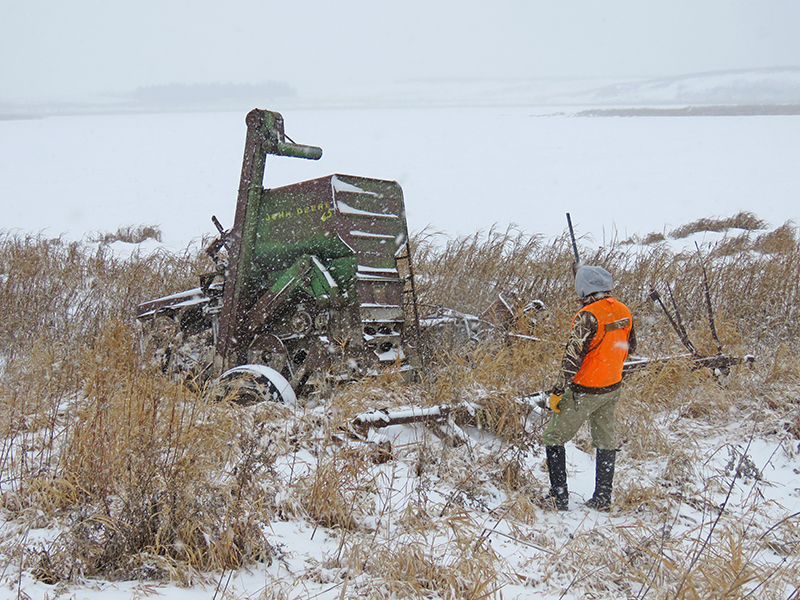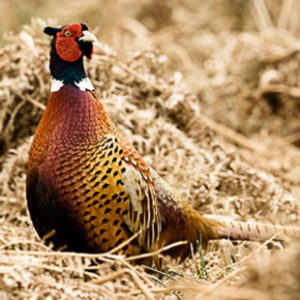 Ring-Necked Pheasant
Ring-Necked Pheasant
Also goes by: Ditch Chicken, Ringneck, Dragon Parrot
As the state bird of South Dakota, the Ring-necked Pheasant is the quintessential upland game bird. Yet, as American as apple pie as this bird may seem and as populous as it is across the states, it has its roots in Asia. In 1881, 21 Ringnecks were imported from Shanghai, China to Oregon. From there the birds flourished and within decades they could be found from coast to coast. As agricultural practices changed through out the 20th century, the Ring-necked Peasant found a niche in the changing habitat that enabled it to thrive without being discordant with the native species of the area. Today it is known for being one of the most hunted birds in the world.
Because of captive breeding and the accompanying hybridization, there are many color variations of the male pheasant. A mature cock will have a red, bare face with an iridescent green head. This bird will have a white ring around his neck and a maroon neck. The birds flanks will have a tendency to be orange in color, though this may vary to be much whiter or, conversely, darker. A mature cock will be between 30 to 36 inches long, with at least half of its length being attributed to its long black-barred tail plumes. In actuality, the Ring-necked Pheasant will weigh less than three pounds.
These birds feed in the mornings and can be found in overgrown agricultural fields and cornfields. As the crops begin to be harvested they will push into thicker cover like marsh or woodlands. During the midday hours, these birds enjoy sunning themselves along hillsides or fencerows and field edges. The Ring-necked pheasants return to the fields in the afternoon for more feeding. At dusk they head for their roosting cover in the shrubs or high clover.
With approaching winter, this species will duck into the cover of willow and thickets, taking shelter from the wind. Ring-necked Pheasants are made more skittish with wind and it is important for both dog and hunter to attempt to utilize the direction – or constantly changing direction – of the wind to their advantage. Moving into the wind, can mask the hunter’s sound. Rain can also be advantageous, as it will cause these birds to hold tighter before flushing.
Hunting these birds with a close working, slower dog and a faster, wide-ranging dog can be advantageous when combing the fields. It is important to remember to take aim at the forward third of this bird because of its long tail. Many a shooter will make the mistake of aiming for the center of the target and actually hitting the tail. A 20 gauge with a modified choke is a superb choice in thick cover, but a 12 gauge is also very popular and excellent for the open fields of the West and Midwestern United States.

